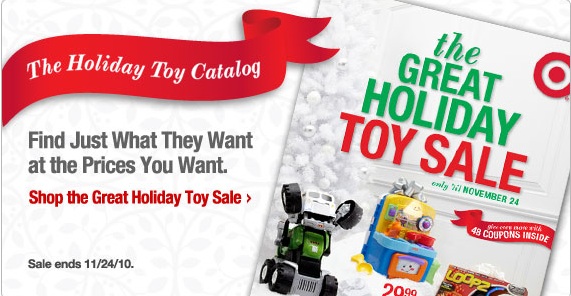Same brand, different actions
 In my last blog post, I talked about the future of marketing. I talked about the need to take risks and create opportunity. What does that mean?
In my last blog post, I talked about the future of marketing. I talked about the need to take risks and create opportunity. What does that mean?
I think I can sum it up in three words—mix it up. Or two—stay interesting.
Many companies think that being true to their brand means saying or doing the same thing over and over again. Not true.
Your audience is not one homogenous, monochromatic, unilateral, single anything. Your audience is a mass of living, breathing, different human beings.
You know what happens when human beings are presented with the same thing over and over again? They get bored. They stop responding to you and go looking for something interesting.
Do different things
So what’s a marketer to do? Mix it up. Do different things.
Oh, and FYI, marketing the same message in different media is not doing different things! It’s merely doing the same thing differently. Don’t get the two confused.
Sending the same messages out through different channels simply means that you’re using different ways to reach your audience. The question is: What are you doing to keep them interested?
Comfort becomes boredom
The New Coke disaster made too many marketers afraid of change. Companies decided to be comfortable rather than creative. But what does this comfort translate to with your audience? Say it with me—boredom!
Look at Apple. What were they known for before 2000? They were a computer company. But they kept asking “What do our customers want beyond what we give them now?” They kept looking for ways to apply their strengths to different products. And the iPod was born. And then the iPhone. (Timeline here if you’re interested.)
My guess is they looked at Sony and thought “Hmm, if an electronics company (known for TVs, stereos, the Walkman, etc.) can be successful making computers, why can’t we successfully sell electronics?” (Think this sounds far-fetched? Apple’s first attempt at a TV used Sony components and recent rumors speculate that Apple is considering buying Sony.)
My point? Apple did it their own way. They knew their brand and their customer and acted proactively. And when something didn’t work (their first attempt at TV), they went back to the drawing board to find something better (iPod, iPhone, and now Apple TV).
Your competition is not just companies selling the same products. It’s any company trying to reach the same audience you are. Learn from them.
Borders gets a kick from coffee
A coffee shop and a bookstore. They’re not competition but their audience does share a similar demographic.
Borders knew bookstores were in trouble. Starbucks was successful at selling overpriced coffee, customer retention and growth. Borders was smart enough to realize the similarities in audience and add cafes—with the help of Starbucks.
Will that move alone save them? No. But that type of thinking will.
A push in the right direction
Stuck for ideas for your own company? Ask yourself:
- Where else does your customer go?
- Who else does your customer favor and why?
- What can you do to appeal to that favor?
Answer these questions and change the actions you take without changing your brand, except for maybe making it stronger.
Cynics, you might be thinking, “Oh, these companies just do these things to try to stay alive.” Yes, that’s exactly what they’re doing. After all, how do you stay alive? By continuing to please and interest your customers.
How do you please and interest your customers? By keeping things interesting while staying true to your brand.
***************
This post was inspired by My Life as an Experiment, by A.J. Jacobs. It’s not a marketing book. But I loved the fact that he was always so willing to try something different and learn from his experience. (Photo/poster credit: I found on Passion of the Weiss blog.)




You must be logged in to post a comment.